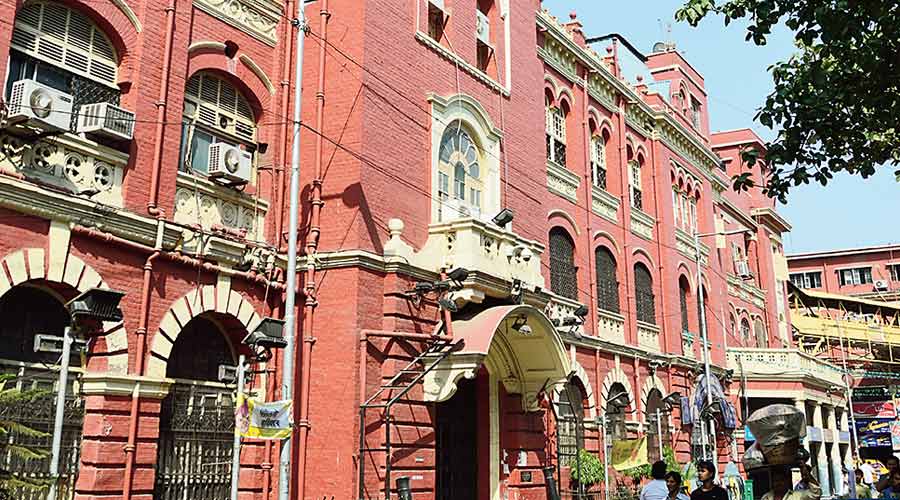Kolkata Municipal Corporation (KMC) has started an exercise to develop a database of the existing water drainage network across all its 144 wards.
The project is so that officials are aware of the challenges of the areas in the city, particularly the low-lying ones prone to waterlogging during heavy showers.
“This database will cover all relevant points of drainage of rainwater in each of the wards under KMC. It will help everyone, including engineers of other departments and councilors, understand how drains or canals are connected and where they are pouring out rainwater,” Tarak Singh, mayoral council member-in-charge of drainage and sewerage told The Telegraph.
Senior engineers said for every ward, the database will cover some of the following
- The existing network of drainage for rainwater
- The catchments areas that the network caters to
- The location of the nearest pumping station
- The capacity of the pumps of the station
- Whether there is a need to upgrade the capacity of the existing pumping station considering the location of the ward— low lying, prone to heavy waterlogging or not
In Kolkata, accumulated rainwater flows out naturally to the west into the Hooghly and to the east into the Bidyadhari through drainage pumping stations.
The city’s underground drainage network is designed to prevent waterlogging only if it rains up to 6mm in an hour, said an engineer.
The capacity is increased with the help of pumps.
Civic engineers said once the database is ready, it will be shared with councilors of all wards and boroughs. During heavy rains, officials of all the departments will be asked to coordinate with different agencies based on the data available so that the intervention is faster.
“Councillors and borough chairpersons should have a clear understanding of where rainwater flows or what is the final destination of the water that collects on Amherst Street, for example,” the engineer said.
“This will help in taking up specific de-silting programmes in different parts of the city,” he said.
Civic officials said while taking up de-silting programmes ahead of the monsoon this year they realised several councilors lacked a clear understanding of the drainage system of their respective areas.
“Many civic officials of departments other than drainage and sewerage are not sure what to do if it rains 70mm for two hours at a stretch,” the engineer said.
